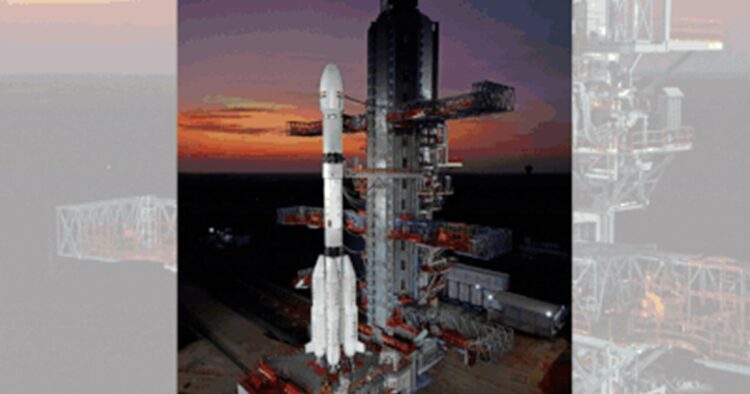A Geosynchronous Launch Vehicle carrying a third-generation meteorological satellite lifted off from the spaceport on Saturday.
Notably, INSAT-3DS satellite aims to increase the study of the Earth’s surface and oceanic observations. The 51.7 metre tall GSLV-F14 soared from the second launch pad at the spaceport, leaving behind thick fume on its tail and soared towards the sky. The satellite weighing 2,274 kg will serve many departments under the Ministry of Earth Sciences including the Indian Meteorological Department (IMD), ISRO said.
S Somanath, Chairman of the Indian Space Research Organisation, said, ‘The GSLV has not had such a good name with regard to the performance but that has been a things of the past. The payload pairing, especially with a bigger diameter, had a chequered history. This has now been corrected”.
“We have had very good missions —the last one and the present one — after the one that failed in the cryogenic stage. After the failure, two successive missions happened. We should go into the future without any worry about the configuration of the vehicle. However, every mission of a rocket has its own worries. But this has been overcome by our design and analysis of the stem, including the cryogenic stage and payload pairing,” he said.
He further added, “In today’s mission both the rocket and satellite performed very well. All the performance-related issues of the previous generational satellites have been addressed, more capabilities have been added to the payload. We believe the satellite is going to be an important one for the nation as we want to secure our citizens against weather-related information and disaster-related information that are crucial for protecting life and property,” he added.

















Comments